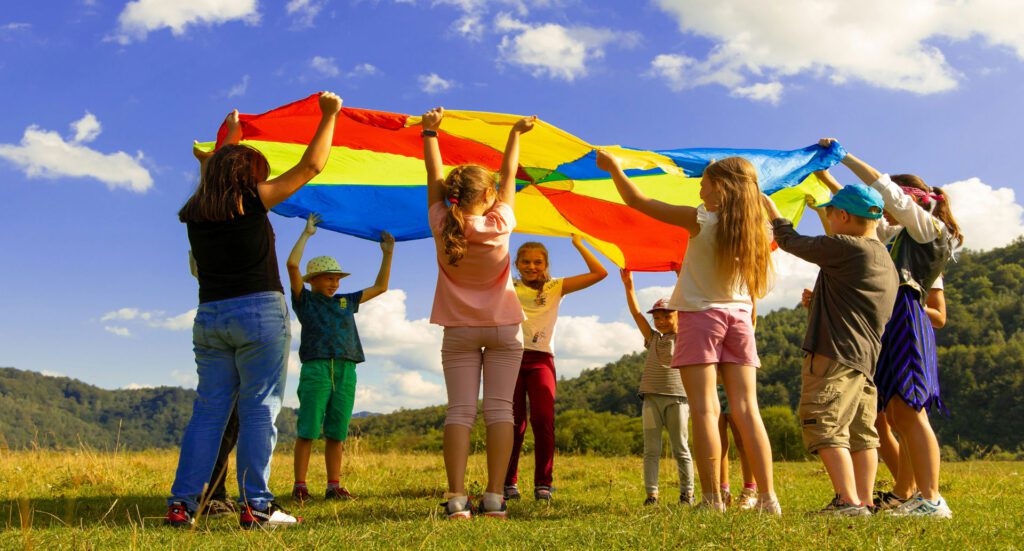SOURCE: Unwin HJ, Hillis S, Cluver L, Flaxman S, Goldman PS, Butchart A, Bachman G, Rawlings L, Donnelly CA, Ratmann O, Green P. Global, regional, and national minimum estimates of children affected by COVID-19-associated orphanhood and caregiver death, by age and family circumstance up to Oct 31, 2021: an updated modelling study. The Lancet Child & Adolescent Health. 2022 Apr 1;6(4):249-59.
Quick Summary:
The study reveals a surge in COVID-19-associated orphan-hood, with 5.2 million children affected globally by Oct 2021, exceeding the reported 5 million deaths. Urgent interventions are needed, focusing on evidence-based age-specific strategies for bereaved children, emphasizing equitable vaccine access and integrated national responses.
Main Points:
- 5.2 million children globally affected by COVID-19 orphanhood.
- Urgent need for age-specific interventions and equitable vaccine access.
- Report emphasizes evidence-based programs tailored to children’s needs.
- The surge underscores the hidden pandemic’s impact on children.
- Integrated national responses crucial for addressing the crisis.
In this hidden pandemic, over 5.2 million children affected by orphan-hood and caregiver death have outpaced the 5 million COVID-19 deaths. Urgent, sustainable, and scalable solutions are needed, integrated into coordinated global, regional, and national strategies..
Long Covid The Answers
Article:
The global impact of COVID-19 extends beyond infection rates and mortality statistics, delving into the realm of childhood, where orphan-hood and caregiver loss have emerged as critical issues. Initially reported in the USA in February 2021, modeling studies estimated that, by April 2021, over 1.5 million children worldwide had lost a parent or caregiver due to the pandemic. Racial and ethnic disparities in orphan-hood became evident, particularly in the United States. The repercussions for children are severe and long-lasting, encompassing institutionalization, abuse, mental health challenges, adolescent pregnancy, and heightened susceptibility to chronic and infectious diseases.
Drawing parallels with the response to the HIV/AIDS epidemic, the US President’s Emergency Plan for AIDS Relief (PEPFAR) allocates 10% of bilateral funding to support orphans and vulnerable children. Research indicates that PEPFAR-supported programs, such as economic strengthening and positive parenting initiatives, are effective and cost-efficient. Amidst the surge in COVID-19-associated orphan-hood, urgent and evidence-based emergency responses are imperative.
As the pandemic unfolds with new variants, shifting hotspots, vaccine disparities, and evolving data, an effective response necessitates a comprehensive understanding of COVID-19-associated orphan-hood and caregiver death across time, demographics, and geography. Timely and region-specific data will aid in prioritizing responses and targeting interventions appropriately.
Previously leveraging the best available data, a 14-month study until April 2021 estimated the global minimum number of children affected by COVID-19-associated orphan-hood. This new study aims to extend those estimates for the subsequent 6-month period, from May 1 to Oct 31, 2021. Utilizing updated excess mortality and COVID-19 death data, the study delves into orphan-hood by age group and circumstances, offering crucial insights for evidence-based interventions.
Methods:
The study involves modeling global minimum estimates of orphan-hood and caregiver loss using excess death and COVID-19 death data. The data cover a 20-month period, from March 1, 2020, to Oct 31, 2021, across 21 countries. Orphan-hood is defined as the death of one or both parents, with distinctions made for primary and secondary caregiver loss. Fertility and child mortality data, along with UN household composition data, contribute to calculating the impact on children.
The study then extrapolates global estimates based on the correlation between the ratio of orphan-hood to deaths and total fertility rates. Bayesian modeling is applied to estimate the proportion of orphans by age group and circumstance, linking findings to a robust strategy for COVID-19 emergency response programming.
Findings:
From the end of the initial 14-month period (April 30, 2021) to Oct 31, 2021, the number of affected children surged by 90%, reaching 5.2 million. The cumulative minimum number of children affected globally exceeded reported COVID-19 deaths, showcasing a poignant reality: for every reported COVID-19 death, at least one child faced orphan-hood or caregiver death. Disparities in increases were observed across regions, with the highest surge in the Western Pacific region.
While children aged 10–17 accounted for the largest share of orphan-hood globally, varying risks were identified across age groups. Distinctly, paternal orphans outnumbered maternal ones, with young adolescents (10–17 years) being the most affected. Regional differences were notable, with Peru, South Africa, India, and Mexico exhibiting higher rates of orphan-hood.
Implications and Recommendations:
The study emphasizes the urgent need for tailored pandemic responses focusing on children affected by parental and caregiver deaths. National strategies must consider age-specific interventions, acknowledging the elevated risks for adolescents and the distinctive impact of paternal versus maternal loss.
Addressing these challenges requires a multi-faceted approach, combining equitable vaccine access with evidence-based programs tailored to different age groups, geographies, and circumstances of loss. The study underscores the importance of integrating child care into national COVID-19 response plans, ensuring a holistic and coordinated effort.
In conclusion, the silent pandemic of over 5.2 million children affected by COVID-19-associated orphan-hood and caregiver death calls for immediate and scalable solutions. By integrating care for children into response plans, nations can mitigate the compounding social, economic, and psychological ramifications of orphan-hood, fostering resilience and recovery.
Source:
Unwin HJ, Hillis S, Cluver L, Flaxman S, Goldman PS, Butchart A, Bachman G, Rawlings L, Donnelly CA, Ratmann O, Green P. Global, regional, and national minimum estimates of children affected by COVID-19-associated orphanhood and caregiver death, by age and family circumstance up to Oct 31, 2021: an updated modelling study. The Lancet Child & Adolescent Health. 2022 Apr 1;6(4):249-59.
